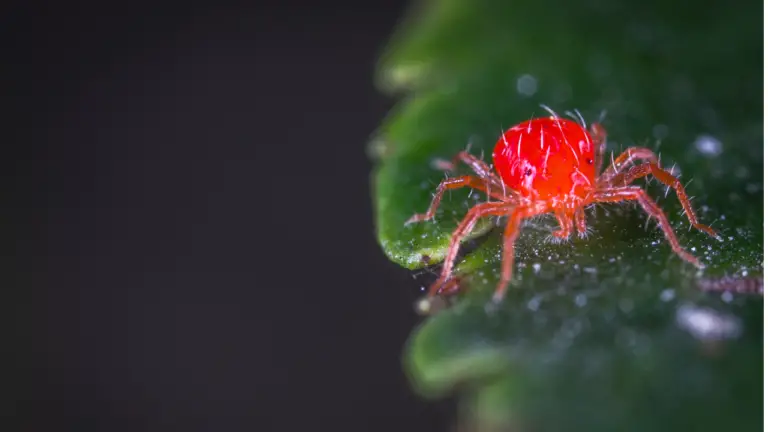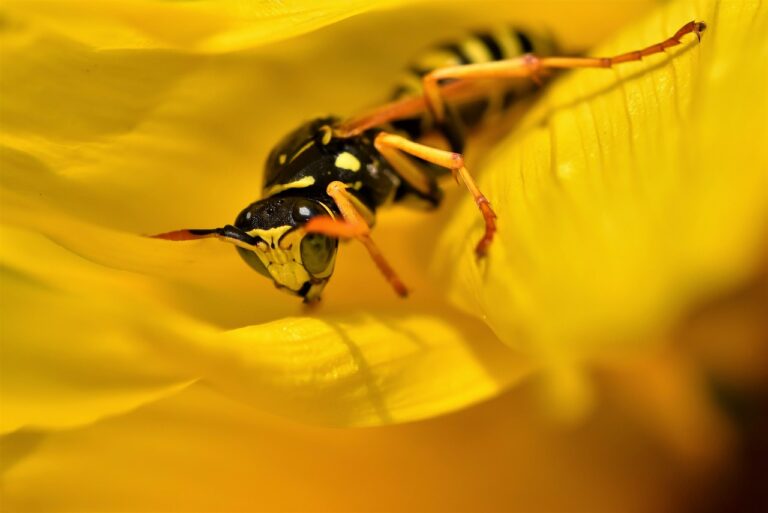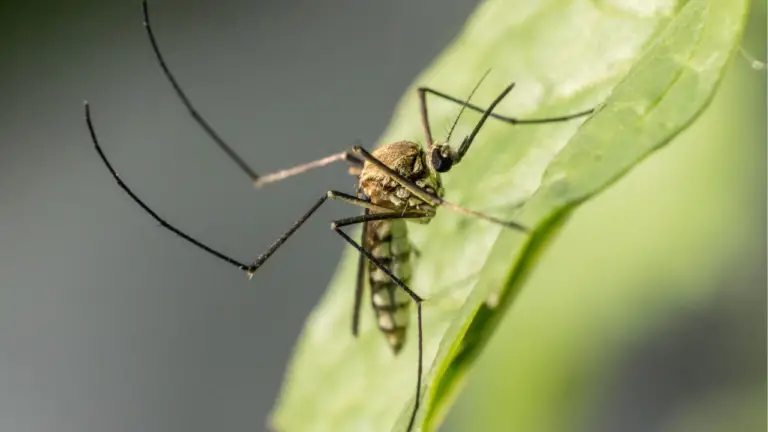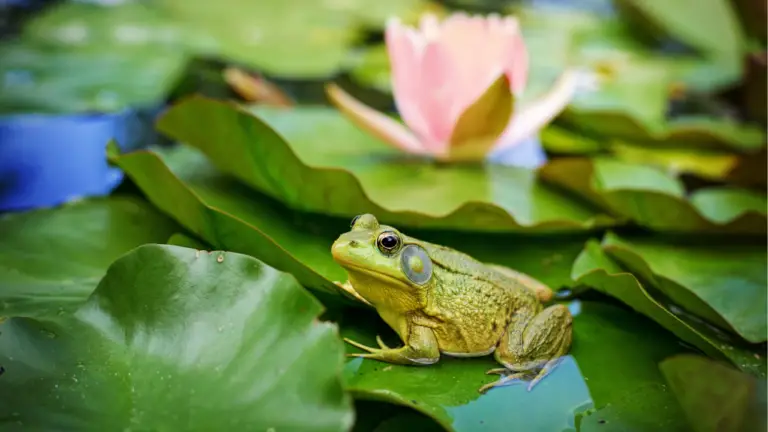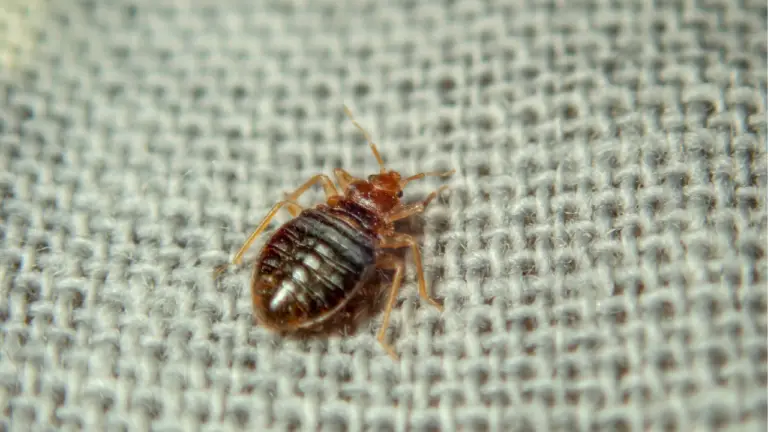How to Get Rid of Snails in Your Garden?

Snails are a common pest in gardens, causing significant damage to plants by eating leaves, stems, and flowers. These slow-moving creatures can be particularly troublesome in damp and shady areas, making gardens a prime target. While snails play a role in the ecosystem, their presence in gardens can be detrimental to the health and aesthetics of your plants. Fortunately, there are numerous effective strategies to manage and eliminate snails from your garden. Here, we explore ten solutions to help you protect your garden from these persistent pests.
How to Get Rid of Snails in Your Garden
1. Handpicking
One of the simplest and most immediate methods to reduce the snail population in your garden is handpicking. This method involves manually removing snails from your plants and garden beds. While it might seem time-consuming, it can be very effective, especially if done regularly.
To handpick snails, you will need a flashlight and a container to collect them. The best time to do this is during the evening or early morning when snails are most active. Be sure to check under leaves, around the base of plants, and in any damp, shaded areas where snails like to hide. Once collected, you can relocate the snails far from your garden or dispose of them in a manner that prevents them from returning.
2. Use Barriers and Traps
Barriers and traps can effectively reduce snail populations by preventing their access to plants and capturing them. Copper tape is a popular barrier that can be placed around pots, raised beds, and even individual plants. The copper creates a mild electric charge that deters snails from crossing it.
In addition to barriers, various traps can be used to lure and capture snails. One common trap is a shallow dish filled with beer or yeast solution. Snails are attracted to the smell, crawl in, and drown. You can also create simple traps using grapefruit halves or overturned pots. These traps provide a damp, shady spot that snails seek out, making them easy to collect and dispose of in the morning.
3. Introduce Natural Predators
Introducing natural predators to your garden can help control snail populations without the use of chemicals. Some animals, such as birds, frogs, toads, and certain beetles, feed on snails and can significantly reduce their numbers.
Encouraging these predators to visit your garden involves creating a habitat that attracts them. Planting native shrubs, providing water sources, and avoiding the use of pesticides can create an inviting environment for these beneficial creatures. Additionally, you can purchase and release predatory insects like ground beetles, which are known to prey on snails and their eggs.
4. Apply Diatomaceous Earth
Diatomaceous earth is a natural powder made from fossilized algae. It is abrasive to the soft bodies of snails, causing them to dehydrate and die upon contact. This makes it an effective and environmentally friendly option for controlling snails in your garden.
To use diatomaceous earth, simply sprinkle it around the base of plants, on garden beds, and in areas where snails are commonly found. Reapply after rain or heavy watering, as moisture can diminish its effectiveness. Diatomaceous earth is safe for humans, pets, and beneficial insects when used correctly, making it a great option for organic gardening.
5. Utilize Iron Phosphate Baits
Iron phosphate baits are a less toxic alternative to traditional snail pellets, which often contain harmful chemicals. These baits attract snails, and when ingested, they disrupt the snail’s digestive system, causing them to stop feeding and die within a few days.
Scatter iron phosphate baits around your garden, focusing on areas where snails are most active. Be sure to follow the manufacturer’s instructions for application rates and safety precautions. These baits are safe for pets, wildlife, and the environment, making them a responsible choice for managing snails in your garden.
6. Implement Mulch and Ground Covers
Using mulch and ground covers can create a less hospitable environment for snails, reducing their numbers in your garden. Coarse mulches, such as gravel or bark, are particularly effective as they are difficult for snails to traverse.
In addition to using coarse mulch, you can plant ground covers that snails find unattractive. Certain plants, like rosemary, thyme, and sage, can act as natural repellents. By incorporating these strategies, you can discourage snails from settling in your garden and protect your plants from damage.
7. Maintain Garden Cleanliness
Maintaining a clean and tidy garden can significantly reduce snail populations. Snails thrive in damp, cluttered environments with plenty of hiding places, so removing debris and minimizing moisture can make your garden less appealing to them.
Regularly remove fallen leaves, dead plant material, and other debris that can provide shelter for snails. Keep your garden beds well-weeded and trim back overgrown vegetation to reduce shady, damp areas. Additionally, ensure proper drainage in your garden to prevent excess moisture from accumulating.
8. Water Plants in the Morning
Watering your plants in the morning rather than in the evening can help deter snails. Snails are most active at night and prefer damp conditions, so watering in the morning allows the soil and plants to dry out during the day, making your garden less attractive to them.
By reducing the moisture available to snails during their active hours, you can make your garden a less hospitable environment. This simple adjustment to your watering schedule can significantly impact the snail population in your garden.
9. Create Barriers with Sharp Materials
Creating physical barriers with sharp materials can help keep snails away from your plants. Crushed eggshells, sand, and sharp gravel are effective deterrents as they are uncomfortable for snails to crawl over.
Spread these materials around the base of plants and along garden beds to create a barrier that snails will avoid. Reapply as needed, especially after rain or heavy watering. This method is safe, natural, and can be easily implemented using materials you may already have at home.
10. Use Coffee Grounds
Coffee grounds are a natural and effective way to repel snails from your garden. The caffeine in coffee grounds is toxic to snails, and the gritty texture acts as a barrier that they are reluctant to cross.
Sprinkle used coffee grounds around the base of your plants and in areas where snails are commonly found. This method not only deters snails but also adds organic matter to your soil, benefiting your garden in multiple ways. Regular application of coffee grounds can help keep snails at bay while enriching your soil.
By implementing these ten strategies, you can effectively manage and reduce the snail population in your garden. Combining multiple methods will yield the best results, ensuring that your plants remain healthy and thriving.

